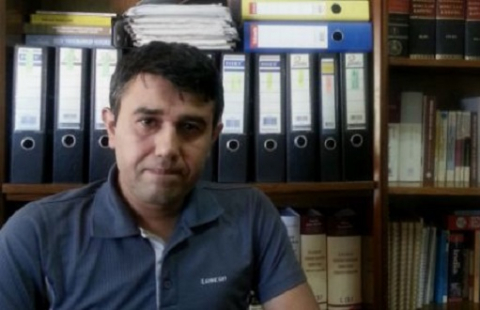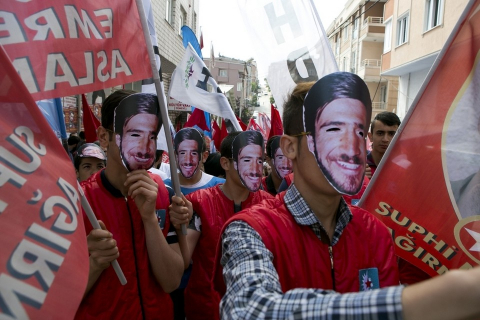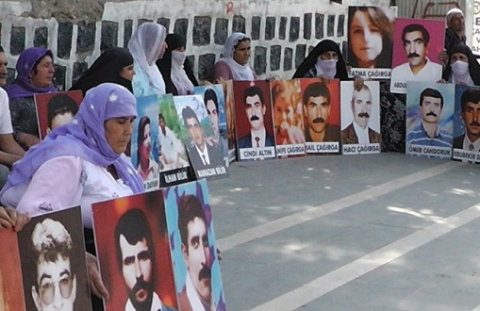
Not unsolved murders: “Official Murders”
The documentary “Official Murders,” directed by Veysi Altay, examines the murders committed by state forces in Cizre in the 1990s. The images used in the film are on display for the first time.
Last year, Veysi Altay conducted a project to create a book and exhibition about the Saturday Mothers; later, he decided to make a documentary about the dark era in the 90s that was full of unresolved murders and disappearances. Although he was going to focus more broadly on ‘the disappeared of Botan,’ he changed his mind to make Cizre his first stop. The documentary is limited to Cizre, which is described within the documentary as “a place where the state doesn’t even feel the need to hide itself.” The case against former Gendarme Regimental Commander Colonel Cemal Temizöz, three confessors, and three village guards, in which they are being judged for twenty murders that they committed in Cizre between 1993 and 1995, has been ongoing since 2009 and also had an impact on his decision. Up until now, Temizöz is the highest-ranking officer being tried for his actions during this era.
Veysi Altay, who is from Ağrı, had been in Cizre once before under the pretext of his work at Human Rights Foundation and Amnesty International and had listened to the families there as well. Some of them were unable to go to the police station and complain about murders that were literally brutal. This was illustrated when those who were brave enough to go and complain about Temizöz were told “Give your petitions to him directly.” They explained that some of the petitions were torn up and thrown in their faces, that dogs were unleashed on them or else that they were taken into custody. Altay interviewed 45-50 families, many of whom are party to the case, and he told eight of their stories. He thought that we would have a need for this kind of oral history project. That’s how ‘Official Murder’ was born.
In the documentary, you see how the state confessors who later took back their statements are actually explaining the same thing as the families. There is also archival footage that is seeing the light of day for the first time. For example, an interview done with Haşim Haşimi in that era… Furthermore, Altay also coincidentally has the documentary records of many things that he found. These are images that were first taken by JİTEM, the police, the military, and security forces and that they thought would pass into other hands. Or else they’re the records of the mainstream media reporters that were never going to be used… (Pınar Öğünç – Radikal)



